supernova
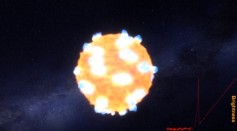
Rare Supernova Explosion Flooded Star With Calcium & Other Elements, Discovered By Astrophysicists
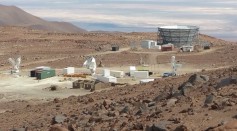
Scientist Are Looking For Big Bang Related Sign In The Desert
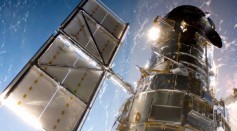
NASA’s Hubble Telescope Finds New Supernova
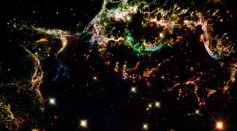
Astronomers Relates Star Explosions To Baby Supernova
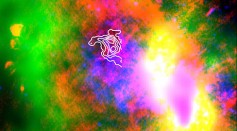
Striking It Rich in Supernovae Dust at the Center of the Milky Way Galaxy
Star Sets Galactic Speed Record
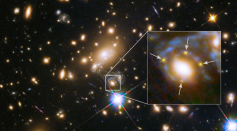
How ‘Gravitational Lensing’ Made One Supernova into Four—‘Einstein Cross’
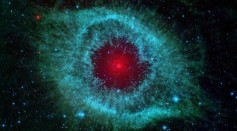
Stellar Duo Fated to Meet a Supernova End—Twin Stars Discovered in Henize 2-428
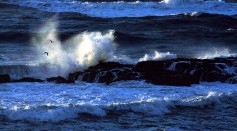
Dust on the Ocean Floor Reveals Ancient Supernova
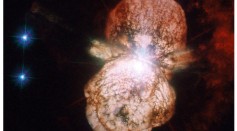
Mystery of Constellation Carina's Massive Explosions Revealed in 3D Models
Most Popular

Sunscreen Myths Debunked; Expert Warns Against 'Dangerous' Sun Protection Ideas That Only Puts One at Added Risk

Extremely Powerful Solar Flare Unleashed by the Sun Triggered Widespread Radio Blackouts Across the Pacific Region

Can Animals Give Birth to Twins? How Do They Bring Forth Multiple Offspring?

Earth's Magnetic Field Nearly Collapsed 600 Million Years Ago, Sparking Evolution of More Complex Life

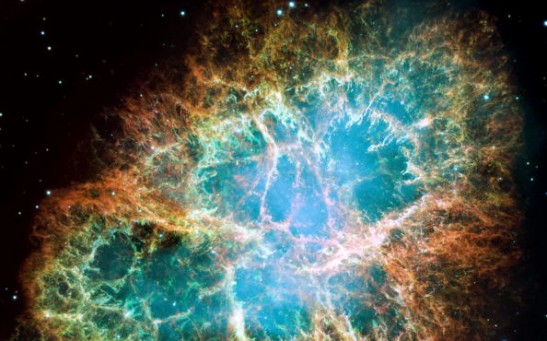

!['Cosmic Glitch' in Einstein's Theory of General Relativity Could Be Explained in This New Scientific Tweak [Study]](https://1721181113.rsc.cdn77.org/data/thumbs/full/53435/258/146/50/40/cosmic-glitch-in-einsteins-theory-of-general-relativity-could-be-explained-in-this-new-scientific-tweak-study.jpeg)


